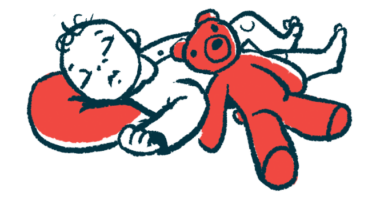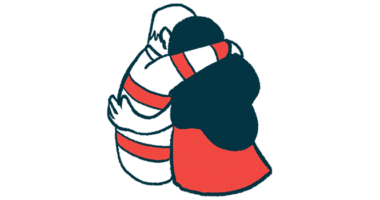
Approved Treatments for SMA
Overview
Spinal muscular atrophy (SMA) is an inherited neurodegenerative disorder characterized by progressive muscle weakness. SMA patients do not produce enough of a protein called survival motor neuron (SMN), due to a mutation in the SMN1 gene. Another gene, SMN2, also can produce some SMN protein, but it is less stable.
Currently, no cure is available for SMA, but there are treatments that can help manage the condition. These range from symptomatic treatments to those that target the underlying cause of the disease. The type of treatments a patient needs depends on the severity of symptoms and should be determined by a team of healthcare professionals. Some of the treatments approved for SMA are summarized below.
Evrysdi
Evrysdi (risdiplam) is an oral daily therapy for SMA patients. It is a small-molecule treatment that patients take as a liquid or as tablets. Evrysdi is a disease-modifying therapy that works by correcting an event called alternative splicing, with the aim of restoring production of more functional SMN protein.
Itvisma
Itvisma (onasemnogene abeparvovec-brve) is a one-time gene therapy approved for adults and children with SMA, 2 years and older. Administered via an injection into the spinal canal (intrathecal injection), it is designed to deliver a working copy of the SMN1 gene to motor neurons, giving cells the tools to produce their own SMN protein in the long term.
Spinraza
Spinraza (nusinersen) is a disease-modifying treatment by Biogen for all types of SMA. The therapy increases the ability of cells to produce functional SMN protein from the SMN2 gene. It does so by binding to the SMN2 messenger RNA and “patching” this signal. This allows the SMN2 mRNA to be full length, just like the SMN1 mRNA.
Zolgensma
Zolgensma (onasemnogene abeparvovec-xioi) is a gene therapy developed to treat all types of SMA in children up to age 2. It is designed to deliver a working copy of the SMN1 gene to motor neurons in SMA patients via a harmless virus. Once the SMN1 gene reaches patients’ cells, it allows those cells to produce the SMN protein.
Medicines to Reduce Drooling
One symptom of SMA is drooling, which is caused by jaw spasms, excessive saliva production, and difficulty swallowing. Certain medications, including amitriptyline, AtroPen (atropine), and Robinul (glycopyrrolate), among others, may help decrease drooling in SMA patients. They all function by inhibiting the cholinergic system.
Muscle Relaxants
Muscle relaxants can be used to treat muscle spasms or uncontrolled muscle contractions (spasticity) and improve quality of life for SMA patients. Muscle relaxants work by targeting different aspects of nerve signaling. For example, they can reduce the strength of the nerve signal being sent or the speed at which the nerve signal is transmitted. They can also slow hormonal signaling in the brain.




